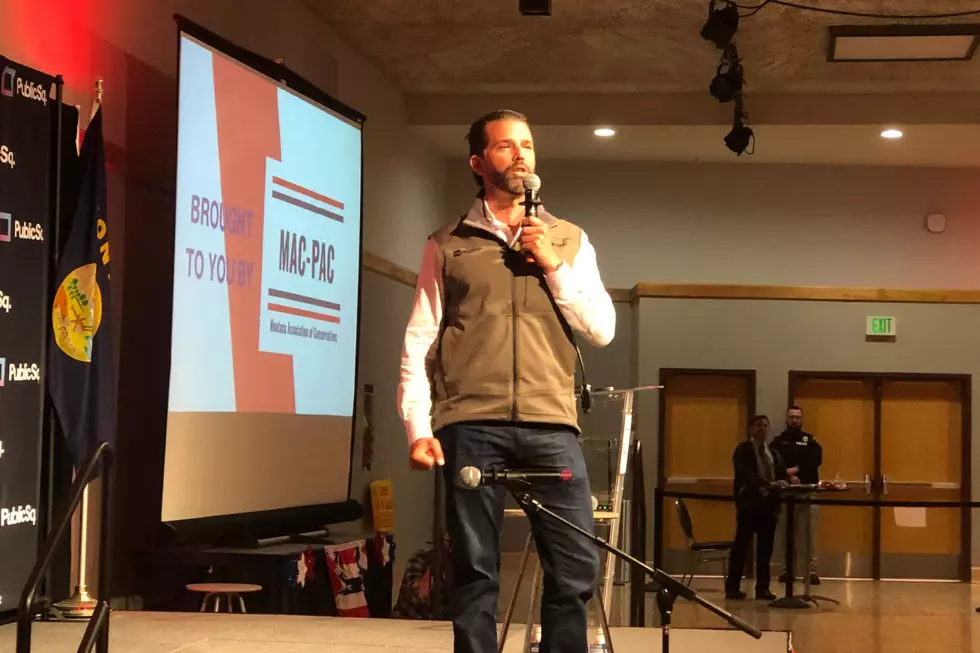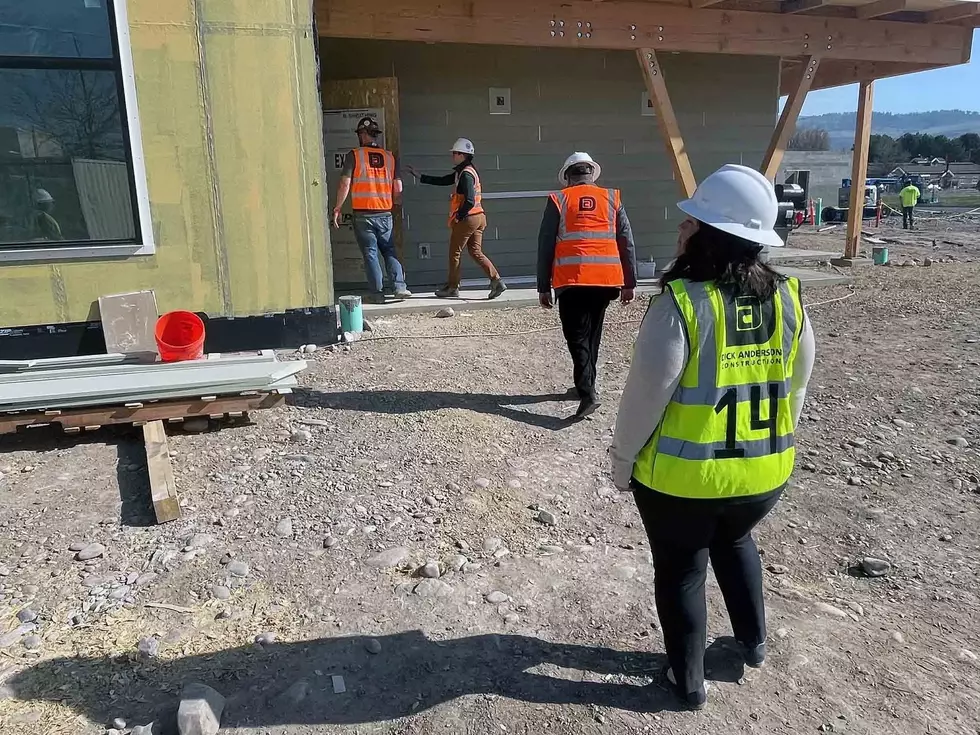
Montana Claims Top 3 Most Isolated Cities in the Lower 48 States
Have you ever watched any of the Alaska shows on Discovery Channel? Whether it be "Alaska Bush people" or "Alaska the Last Frontier?" Or how about the show "Life Below Zero" on Nat Geo? I'm a big fan of "Bering Sea Gold" or even the occasional hunting show featuring a caribou or moose hunt. All these shows somewhat demonstrate how isolated communities are in our nation's largest state. Featuring all the "bush planes" that carry people from place to place and into remote locations.
Read More: California is Trying to End Outdoor Grilling. Is Montana Next?
When you picture traveling around Montana, you typically don't consider having to hop on a single-engine plane to get airlifted into Jordan or Roundup. You can simply drive there. But it is a LONG road to get there and a sometimes treacherous road too. In fact, the distance between cities is much longer than most parts of the contiguous US.
Montana is home to the Top 3 most isolated cities in the lower 48.
I recently stumbled on a TikTok video discussing the most isolated places in the US. I wasn't surprised that Montana made the list. But to claim the top 3 spots was pretty crazy.
The Top 3 Most Isolated Cities Are:
- Glasgow
- Scobey
- Wolf Point
These are all cities with over 1,000 residents, that are the furthest away from a metropolitan area of at least 75,000 people. For Glasgow, the closest metro area in Regina, Saskatchewan. A distance of 235 miles. Also, Glasgow is the most populated community for 110 miles around it. Sitting at a population of about 3,00 residents.
@callmeoceanman Very wordy almost immediately but whatever #geography #us #montana ♬ original sound - CallMeOceanMan
No wonder residents of Glasgow have embraced the name "Middle of Nowhere."
10 Years of Data: Montana's Alcohol Consumption
Gallery Credit: Ashley
More From Newstalk KGVO 1290 AM & 98.3 FM







